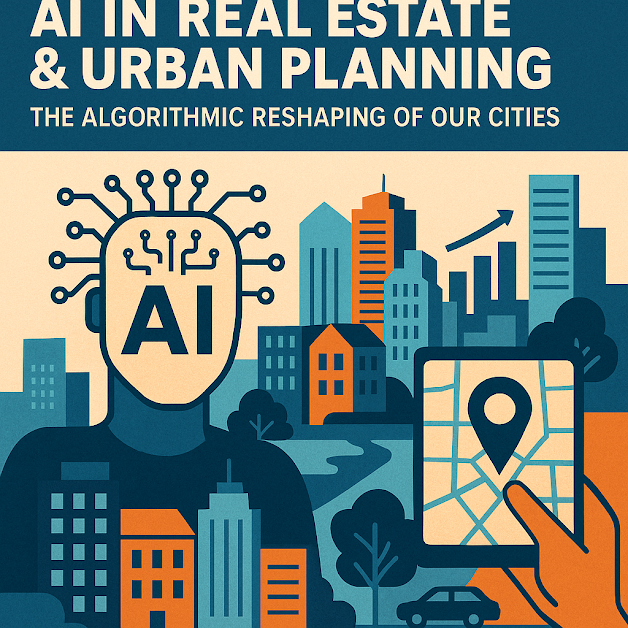By Stuart Kerr, Technology Correspondent
🗓️ Published: 12 July 2025 | 🔄 Last updated: 12 July 2025
📩 Contact: [email protected] | 📣 Follow @LiveAIWire
🔗 Author Bio: https://www.liveaiwire.com/p/to-liveaiwire-where-artificial.html
When Algorithms Meet Architects
Artificial intelligence is reshaping skylines—quietly but profoundly. Once confined to spreadsheets and demographic projections, AI now helps architects simulate environmental effects, optimise building orientation, and model social impact before a shovel hits the ground. But as concrete meets code, the smart city dream risks becoming a digital echo chamber.
Traditionally, urban planning was a negotiation between human needs, environmental constraints, and economic feasibility. Today, AI offers faster analysis, pattern recognition, and predictive modelling. But it also brings algorithmic opacity into decisions that shape where—and how—we live.
Predicting Urban Futures
Tools like CityFormLab’s Urban Network Analysis or Sidewalk Labs’ Delve system use machine learning to suggest optimal building placements, transit flows, and zoning scenarios. Governments worldwide—from Singapore to Stockholm—are using AI to project urban growth, simulate traffic responses, and track climate resilience.
The World Bank notes how AI-assisted urban planning may cut design timelines by 40% and improve efficiency across public infrastructure. Meanwhile, AI-enhanced GIS tools identify underserved communities in real time, boosting equity-driven planning—if the data is clean.
But that’s a big ‘if.’
When Data Drives Design
The quality of urban AI depends on the quality of the data. Training systems on outdated, biased, or incomplete datasets risks entrenching the very inequalities planning should address. For example, real estate algorithms that prioritise return-on-investment metrics can devalue neighbourhoods with poor historical performance, creating digital redlining.
In AI in the City: Shaping our Urban Future (PDF), UN-Habitat highlights the need for ethical oversight to prevent urban AI from amplifying housing segregation or ignoring informal settlements. The vision of ‘smart’ often defaults to 'profitable,’ unless guided by policy.
Smart Cities or Surveillance Cities?
AI in real estate is not just about optimisation—it’s about power. As buildings become data-rich assets, surveillance becomes infrastructure. Facial recognition access points, emotion-sensing lighting systems, and predictive maintenance tools are often bundled into high-end developments.
As discussed in AI and the New Feudal Web, data generated by tenants is increasingly monetised by landlords or tech firms. Ownership of these insights—who profits and who is profiled—remains murky.
European regulators are calling for ‘human-centric’ urban AI. Yet as Brookings warns, the rapid digitisation of planning processes risks displacing civic participation altogether. When code shapes concrete, who gets to debate the blueprint?
Designing with, not just for, Humans
There are bright spots. In Barcelona, open-source AI models co-designed with residents help allocate public space based on communal need. In Nairobi, drone-mapped informal settlements are being used to secure land rights.
And as MIT explores, generative AI can act as an ideation partner—producing dozens of design variants based on human prompts, not replacing the designer but augmenting the imagination.
Still, critical questions linger: who trains the data? Who audits the algorithm? And how do we ensure tech-enabled cities serve people—not just portfolios?
About the Author
Stuart Kerr is the Technology Correspondent at LiveAIWire. He writes about AI’s impact on infrastructure, governance, creativity, and power.
📩 Contact: [email protected] | 📣 @LiveAIWire

